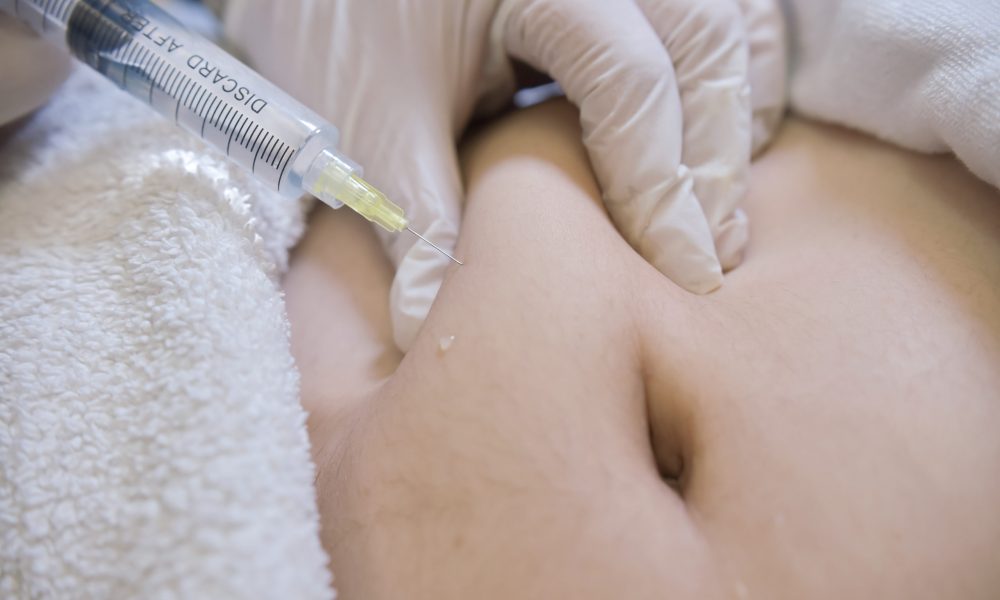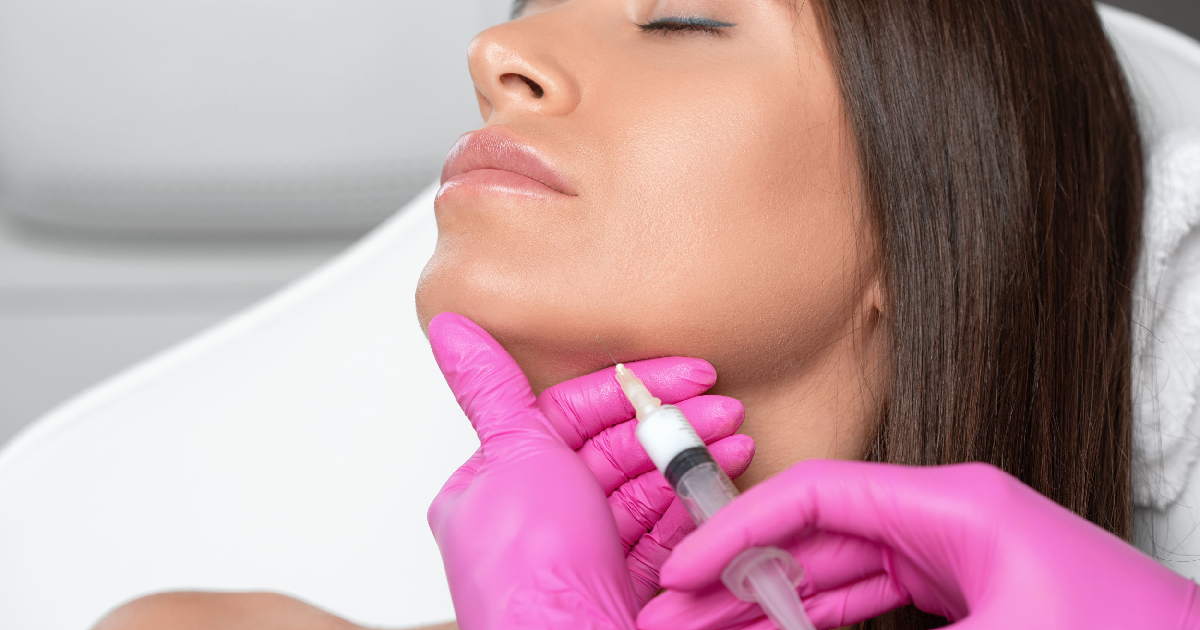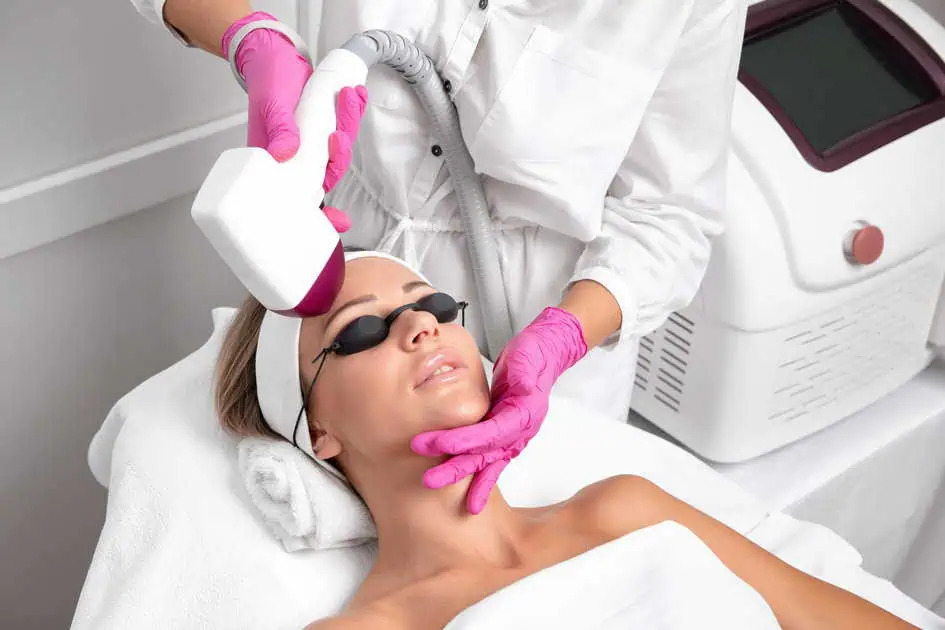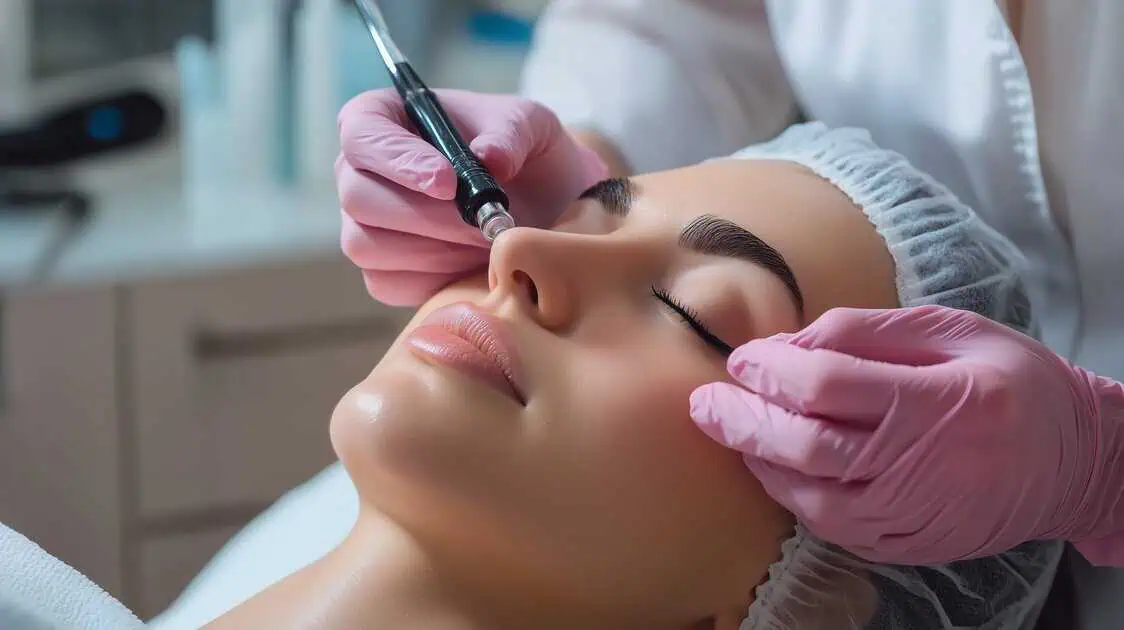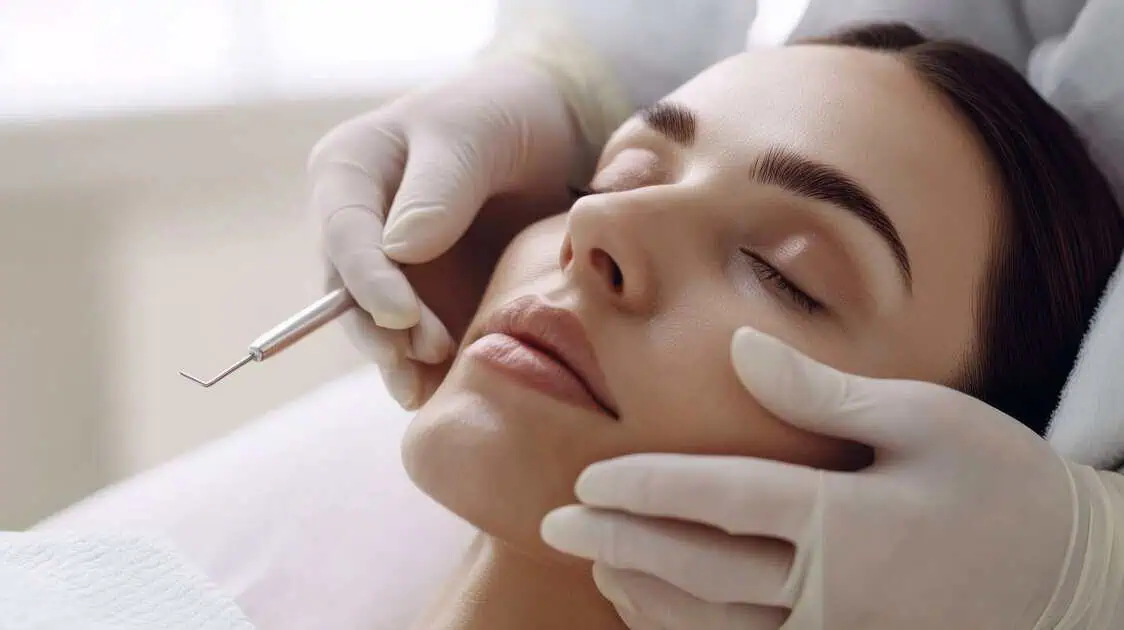Injection lipolysis, sometimes called intralipotherapy, is a minimally invasive treatment designed to reduce fat in targeted areas. The injection uses fat-dissolving substances and is one of the few nonsurgical fat reduction treatments. Its results are safe, effective, and permanent – which sounds too good to be true.
This post discusses the fundamental aspects of injection lipolysis. We will cover its purpose, the procedure, and potential risks and side effects. Let’s get into it!
The Purpose of Lipolysis
Injection lipolysis targets pools or concentrations of stubborn fat in certain areas. These targeted pockets of fat cells are so adamant that no amount of reasonable dieting and exercising can burn them. The purpose of lipolysis is to get rid of them permanently.
The fatty concentrations where lipolysis is most often used include the submental, buccal, abdominal, and fat around the back of the arms. The submental fat is more commonly known as the double chin, the area underneath the chin. The buccal fat refers to the fatty pads found in the lower portions of the cheek and jawline.
The treatment works best for generally slim people, who only have those obstinate pockets of fat in the areas mentioned above. These are the kinds of fat cells that are hard to get rid of using regular exercise and a healthy diet. Lipolysis is not a treatment for burning fat in the whole body; it enhances specific areas in an otherwise lean body.
How Lipolysis Achieves its Purpose
Lipolysis is any fat reduction treatment that uses injection. Here at Bella Rose Aesthetics, we offer two types of lipolysis: Kybella and PCDC. These two types of lipolysis products use different active ingredients.
The primary ingredient for Kybella is deoxycholic acid. While PCDC also uses phosphatidylcholine along with deoxycholic acid. These two substances are medically known for their fat-dissolving properties.
Deoxycholic acid is a naturally-occurring chemical found in the digestive system. Its purpose is to break down fatty cells that the human body consumes. Scientists were able to recreate the acid synthetically, and when injected in specific areas, the fat cells in those areas will dissolve.
Although the body naturally produces phosphatidylcholine to make a particular brain chemical (acetylcholine), scientists have proven that it can burn fatty acids and cholesterol deposits. Though not yet confirmed, some researchers emphatically believe that it acts as a detergent and breaks down fat.
Whether the active ingredient in the lipolysis is deoxycholic acid or with a mix of phosphatidylcholine, it is sure to burn targeted concentrations of fatty acids. Injection lipolysis reduces the fat cells around the treatment region in the simplest terms. And that is how lipolysis achieves its purpose of breaking down stubborn pockets of fat that no exercise or diet can eradicate.
How the Procedure Goes
Before the treatment, you should speak with a professional to ensure that injection lipolysis is the best procedure for your needs. If lipolysis is the best solution for your problems, the expert can create a treatment plan that specifies how many injections you need and where. Once every wrinkle is smoothed and all concerns are alleviated, the professional can schedule a lipolysis session with you.
Does the Treatment Require Anesthesia
The treatment is nonsurgical, but it involves needles. To help you deal with the discomfort commonly associated with injection lipolysis, you may opt to be under local anesthesia during the procedure. However, the treatment is not seriously painful.
After the anesthesia is in the treatment region, the injector will begin injecting the lipolysis product in a predetermined grid pattern. And that is pretty much the entire treatment.
It is highly convenient; it typically just takes less than an hour. Only one session is needed most of the time, even if you have several treatment areas.
The Potential Risks and Side Effects
The potential risks reported about injection lipolysis are sporadic. Minor nerve injuries are the most severe reported complications, which reports say resulted in an uneven smile or a slight difficulty swallowing. Those reports are from patients who had the treatment around their chins or cheeks.
Aside from the incredibly rare possible complications, injection lipolysis’ few minor and natural side effects include swelling, redness, bruising, hardness, and slight pain around the treatment site. These expected side effects will dissipate within a few days or weeks.
There is no downtime or recovery period necessary after injection lipolysis.
How to Ensure Safety with Injection Lipolysis
The best way to avoid severe complications is to work with professionals. The nerve damage reported in rare cases is due to the acidic substances in the treatment reaching the nerves. A trained, certified, and experienced professional will know where to inject the lipolysis products to avoid damage.
Furthermore, an expert will also give you the necessary knowledge to make the treatment successful and comfortable. Sample instructions may include:
- Avoid consuming garlic, Ginkgo Biloba, aspirin, and other blood thinners to reduce bruising
- Avoid strenuous exercise after the treatment
- Don’t massage for 48 hours after the treatment
- Refrain from going into hot tubs, jacuzzis, or saunas within 48 hours of the procedure
- Vitamin E is a big no
- If pain occurs, the best painkiller is paracetamol (other painkillers can thin the blood, causing bruising)
Lastly, a seasoned professional can also tell you if the treatment is suitable for you. If you are not, the injector can make expert suggestions on the best procedures for your case. If you have loose skin, the treatment may not be effective for you.
Neda Adams, MSN, FNP-C, of the Bella Rose Aesthetics, is that professional you might be looking for in Carmel, Indiana.
Get in Touch with Bella Rose Aesthetics for Injection Lipolysis
To inquire about or schedule an injection lipolysis appointment, you can reach Neda Adams by phone at 317-349-3050, email at info@bellaroseaesthetics.com, or fill out the form on our Contact Us page. You can locate our office at 10255 Commerce Dr. Suite 116, Carmel, IN 46032.

